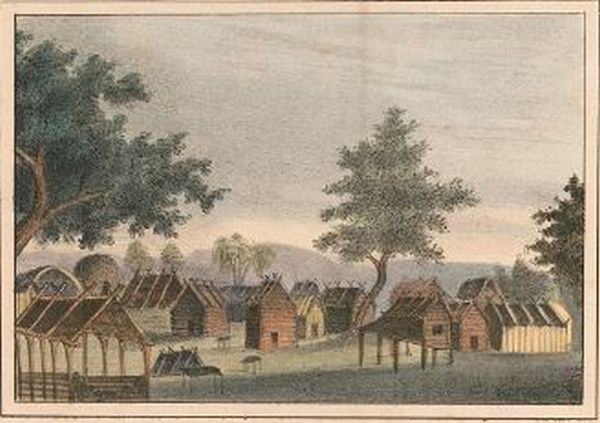The Seminole Wars were a long fight between the Seminole people and the U.S. government. The conflicts took place mainly in Florida, the traditional homeland of the Seminole people, from 1817 to 1858. They are known as some of the longest and deadliest battles between Indigenous nations and the U.S. Army. The Seminoles fought to protect their homes and way of life. The United States, however, wanted to move them to western lands under the Indian Removal Act.
The First Seminole War started in 1817. U.S. soldiers, led by Andrew Jackson, invaded Spanish Florida. The United States aimed to stop the Seminoles from hiding runaway enslaved people. They also wanted to drive them off valuable land. The Seminoles fought back with their African American allies. They used surprise attacks and their knowledge of the land to confront U.S. troops. By 1821, Spain ceded Florida to the United States, and the pressure on the Seminoles grew. In 1823, the Treaty of Moultrie Creek forced them onto a reservation in central Florida, but even that land was threatened.

The Second Seminole War, which lasted from 1835 to 1842, became the strongest show of resistance. The Seminoles fought in small, mobile groups that made it difficult for U.S. forces to defeat them. They launched surprise attacks and then retreated into the swamps and Everglades. Leaders like Osceola, Micanopy, Alligator, and Jumper guided fewer than 3,000 warriors against more than 30,000 U.S. troops. They won battles like the Dade Massacre, where Seminole fighters killed over 100 soldiers. They kept the war going for years, even as the U.S. spent millions to defeat them.
One of the turning points came with the capture of Osceola. In 1837, U.S. forces invited him to a peace meeting under a white flag, a signal that was supposed to guarantee safety. Instead, they deceived him, taking him prisoner when he arrived to talk. This act of dishonesty shocked many people across the country and was seen as unfair even by some Americans at the time. Osceola died the following year in prison, but the Seminole resistance continued under other leaders.

The war ended in 1842 without a peace treaty. Most Seminoles had to move to Indian Territory, now known as Oklahoma. A small group, however, stayed hidden deep in the Florida Everglades, refusing to leave.
The Third Seminole War, from 1855 to 1858, was smaller but still showed the Seminoles’ determination. Led by Billy Bowlegs, they resisted until U.S. patrols and rewards for capture wore them down. Many left Florida, but a small group stayed. They became the ancestors of today's Seminoles, who still live in Florida.
